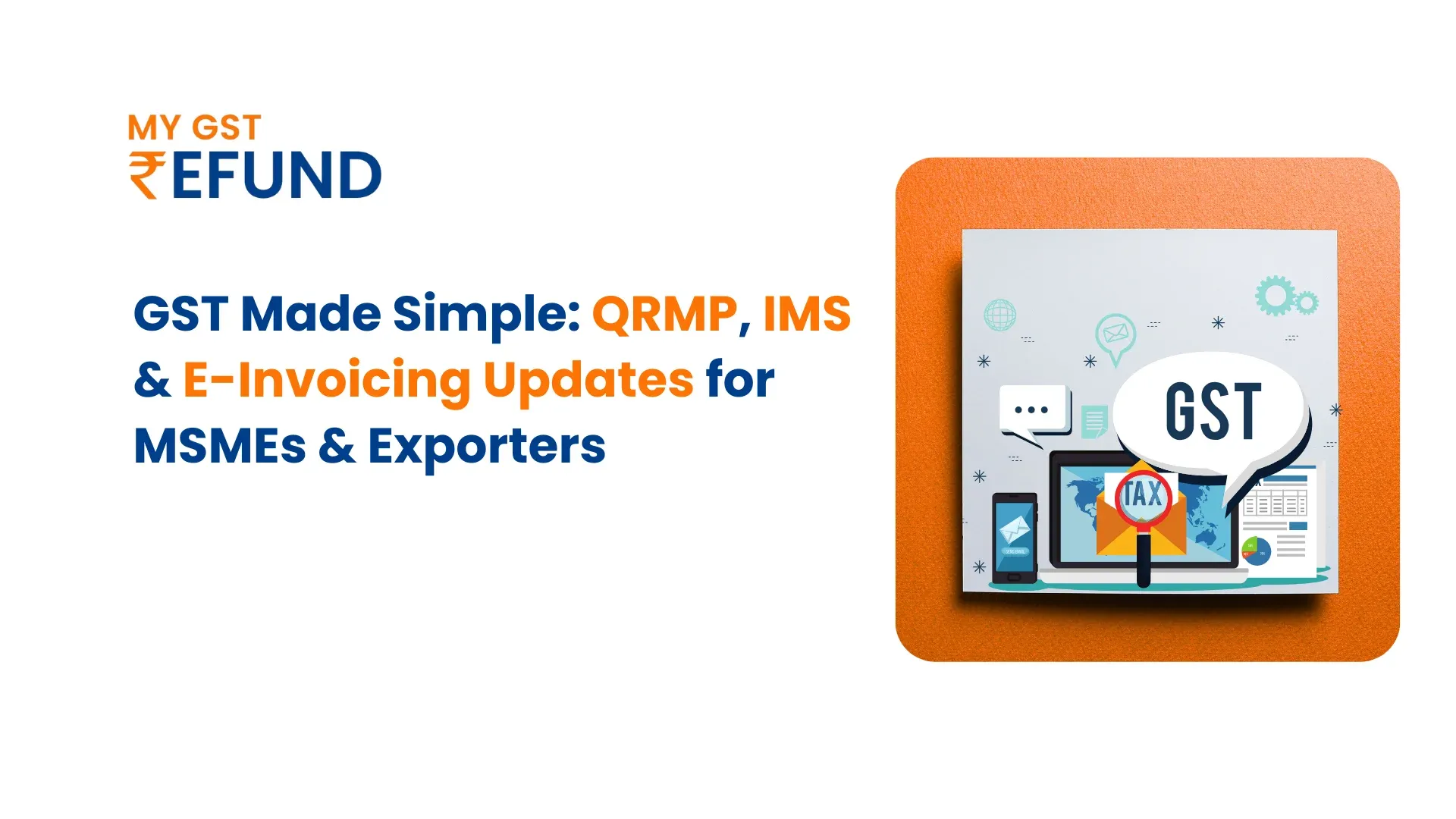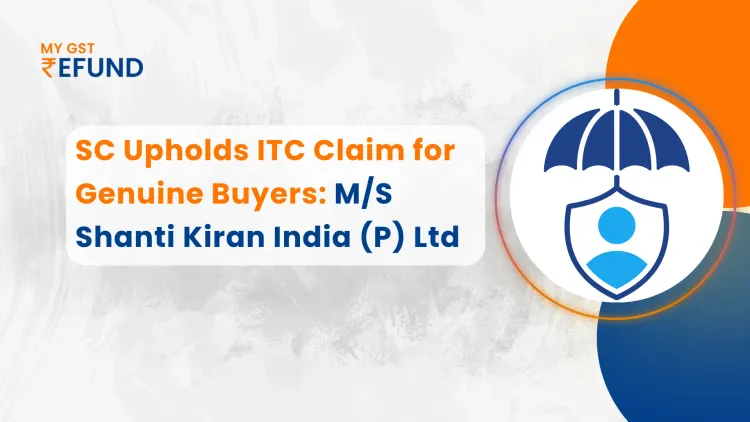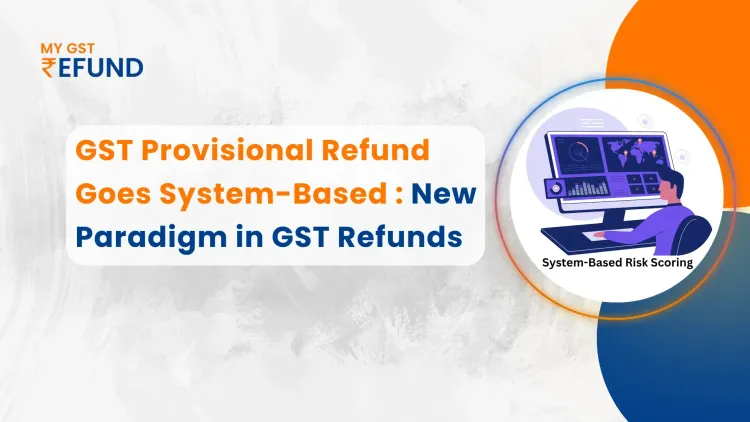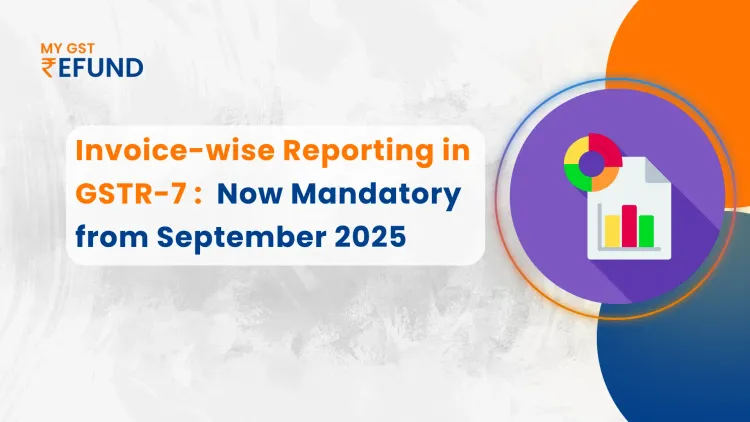GST Made Simple: QRMP, IMS & E-Invoicing Updates for MSMEs & Exporters
The GST system, launched in 2017 in India, continues to evolve to make compliance smoother and more transparent. Recently, there have been important updates around QRMP, IMS, and E-Invoicing. These changes mainly affect MSMEs (small and medium businesses) and exporters. Let’s break them down in simple language.
1. QRMPScheme, Less Paperwork, More Relief
QRMP stands for Quarterly Return, Monthly Payment.
Who can use it?
Businesses with a turnover up to ₹10 crore.
How does it work?
- Payment first & second month of the quarter, pay tax by the 25th of the next month.
- You file GST returns once every 3 months (quarterly).
- You pay GST every month.
- The due date of GSTR1 is the 13th of the following quarter.
- Due date of IFF (Optional), for the first and second month of the quarter, is the 13th of the next month.h
- Due date of GSTR3B 22 & 24 of following quarterly
- This means less paperwork but still regular payments to avoid a big tax burden at the end of the quarter.
- For small businesses, this scheme reduces compliance stress and helps manage cash flow better.
2. IMS - Invoice Management System
IMS is a new feature launched on the GST portal. It helps you manage all invoices received from your suppliers in one place. With IMS, you can:
Accept invoices: ITC (Input Tax Credit) will be available.
Reject invoices : Wrong or duplicate invoices will not affect your returns.
Mark as pending : If you are not sure, you can review later.
Important: If you take no action, the invoice is automatically treated as accepted.
This system makes ITC claims safer and reduces mismatches in GSTR-2B and GSTR-3B.
Read More: Export GST Refund
3. E-Invoicing Updates, Stricter Rules
- E-Invoicing is now becoming more widely applicable.
- All businesses with a turnover of ₹10 crore or more must generate e-invoices.
- If your turnover is less than the ₹10 crore, there is no restriction for business
- From the date of invoices generated, Invoices must be reported to the Invoice Registration Portal (IRP) within 30 days.
- If not reported in time, the IRP will reject the invoice.
How it works:
1. You create an invoice in your software.
2. Upload it to the IRP.
3. IRP gives back a unique Invoice Reference Number (IRN) and a QR code.
4. This IRN must be printed on the invoice.
Bonus: E-invoicing also helps in faster export GST Refunds and easier documentation.
4. Why These Updates Matter for MSMEs & Exporters
IMS: Less frequent filing, simple compliance for small businesses.
E-Invoicing: Easy tracking of supplier invoices, safer ITC claims.
5. Key Takeaways
Accurate reporting, reduced fraud, and faster export
If your turnover is under ₹5 crore, opt for QRMP to reduce filing work.
Keep checking the IMS dashboard so you don’t miss invoice actions.
If your turnover crosses ₹10 crore, be ready for mandatory e-invoicing.
Related Posts







